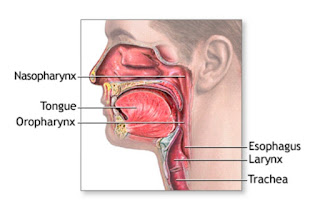LUDWIG’S ANGINA
LUDWIG’S ANGINA
SYNONYMS: Sub mandibular / sublingual space infection
DEFINITION: Ludwig’s angina is a condition caused by bacteria usually affects floor of the mouth, underneath tongue.
Causes: The bacteria that causes Ludwig’s angina are streptococcus and staphylococcus. These bacteria follow infection or mouth injury then leads to tooth abscess. Some of the other causes are:
• Trauma or lacerations in mouth
• Poor dental hygiene
• A recent tooth extraction
SYMPTOMS: Some of the symptoms of Ludwig’s angina are
• Swelling and redness of neck
• Swelling of tongue that pushes against palate
• Neck pain, Drooling
• Breathing problems
• Difficult in swallowing
• Problems with speech
Other symptoms include:
• Excess tiredness, Fatigue, Earache
• Confusion, mental changes
COMPLICATIONS: It leads to some complications like
• Blockage of airway
• Sepsis
• Septic shock
DIAGNOSIS: Diagnosis for this condition is usually done by physician by performing physical examination (to see if there is swollen or red neck, swelling at floor of mouth, tongue, tongues out of place) imaging tests (Contrast- enhanced MRI or CT images), culture tests (collects test fluid from affected area).
TREATMENT:
✓ Antibiotics are given as first line treatment for Ludwig’s angina. These are given intravenously as the patient cannot take orally due to swelling. Once the swelling is reduced oral treatment is given.
✓ Tracheostomy: This is a procedure that is performed using a breathing tube placed through the nose or mouth into the lungs to restore the breathing. This procedure helps to create an opening through neck that allows airflow into the windpipe.
✓ Draining excess fluids: Ludwig’s angina and some neck infections are serious and can causes edema, distortion, airway obstruction. Physician drains fluid and pus from the mouth. Some patients need dental surgery to repair damage.
REFERENCES:
https://medlineplus.gov/ency/article/001047.htm
https://www.medicalnewstoday.com/articles/327075
https://www.healthline.com/health/ludwigs-angina
PRESENTED BY:
M. DIVYA (Pharm. D)
ClinoSol Student ID: 172/0821



Comments